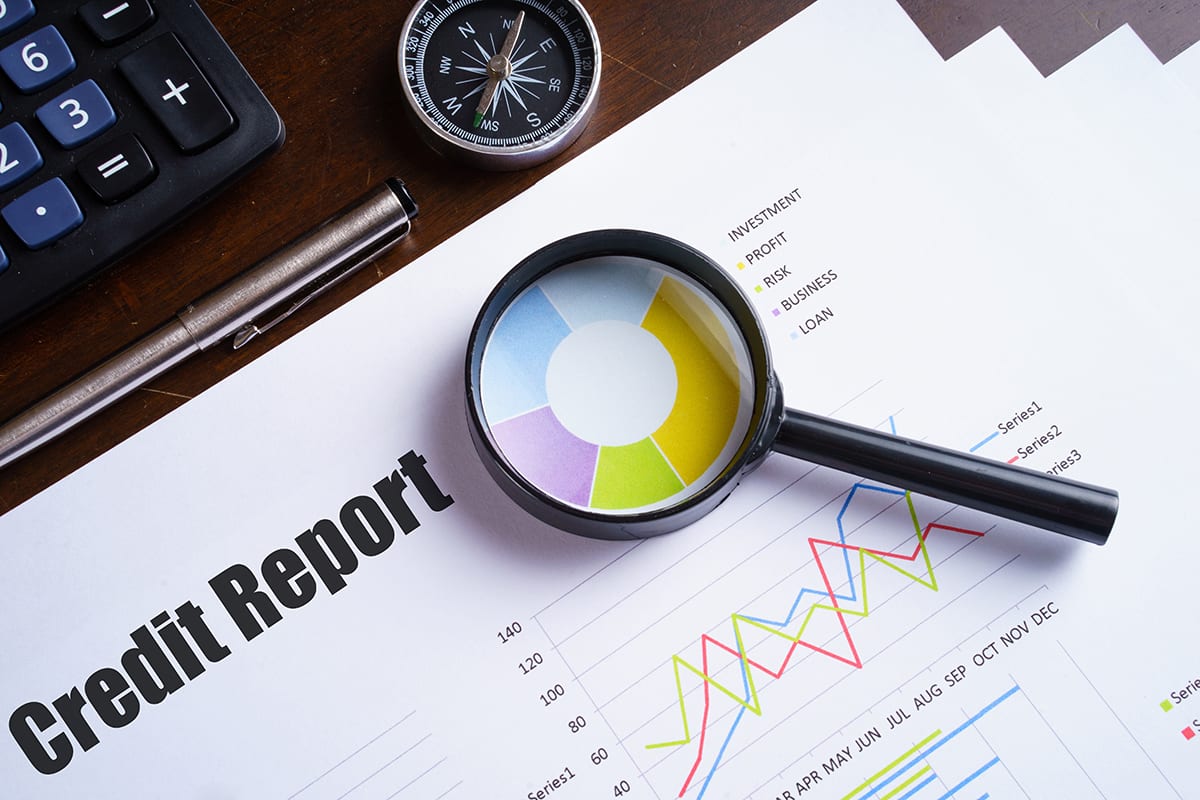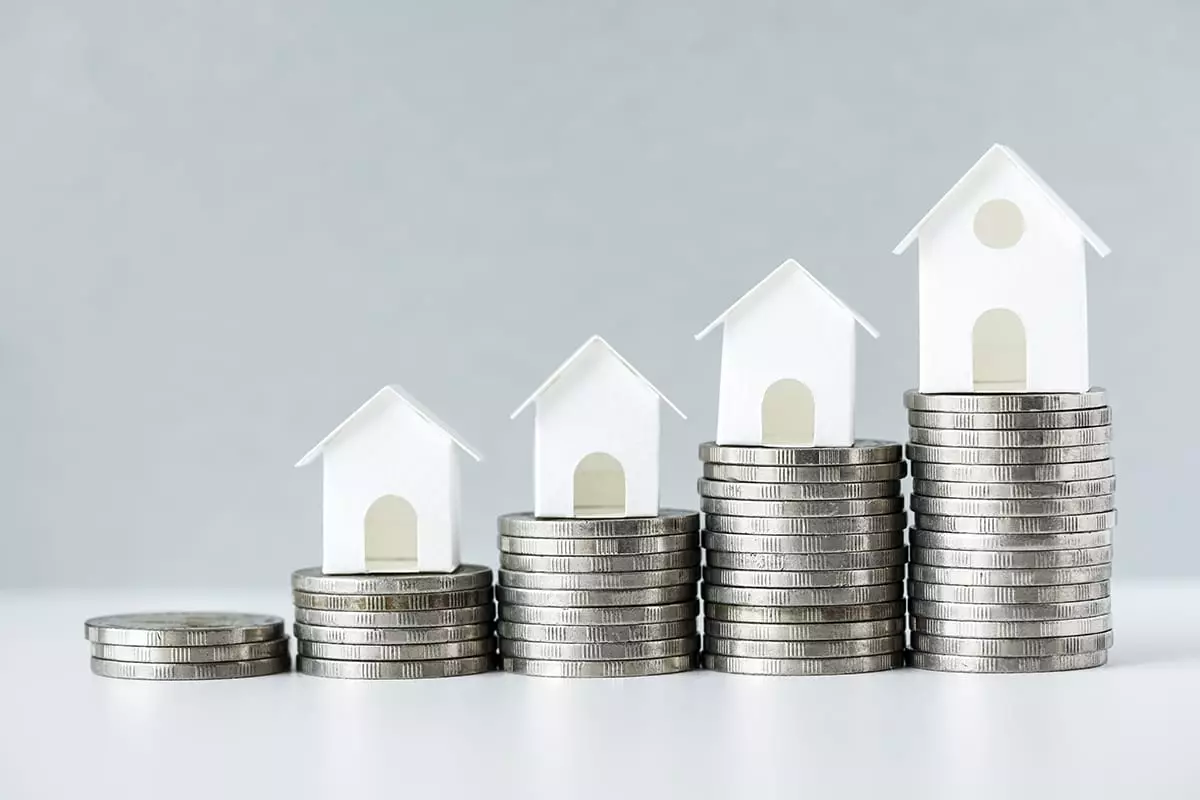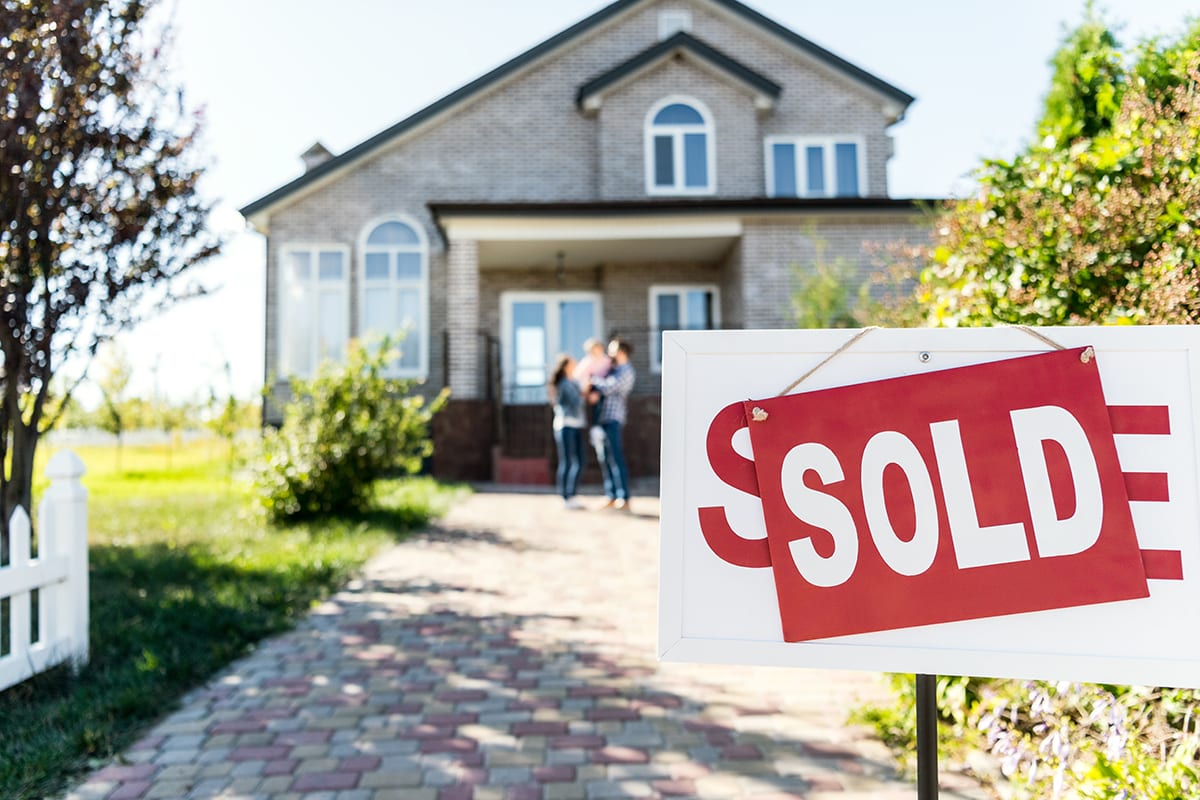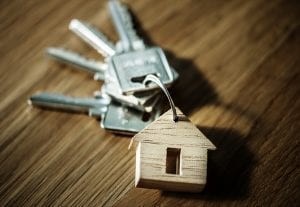Last Updated on March 28, 2025
If you need advice on how to buy a house with bad credit, this article is for you.
Owning a home is the American Dream, and having less-than-perfect credit — or even downright bad credit, for that matter — doesn’t change that.
What it does change? How you go about that home purchase.
Whether it’s high credit card balances, an overdue account or a past financial flub that sent your credit score plummeting, bad credit doesn’t preclude you from buying a home. It just means saving a bit more, being choosy about your mortgage loan and taking a few extra steps along the way.
If you’re wondering how to buy a house with bad credit, just follow these steps to reach your goals:
1. Check your credit report.
The first step is to pull your credit report. Every American consumer has the right to a free credit report at least once a year from either TransUnion, Experion or Equifax. You can also request your exact credit score (though this may require an extra fee).
When you receive your report, go over it thoroughly for errors. Any errors could indicate identity theft — and they could play a big role in your low or declining credit score. Report any errors you find to the credit scoring agency you pulled the report from, and they can make the fix on your behalf. Ultimately, it could mean a significant boost in score once the issue has been addressed.

2. Save up.
As a homebuyer with poor credit, you’ll need to be prepared to pay a bit more on your monthly mortgage. Lower credit scores typically mean a higher interest rate, which equates to a higher payment month over month.
A larger down payment can help you combat these higher costs, however, so consider saving up more than just the bare minimum required by your mortgage loan. The more you can put down up front, the lower your loan balance will be. That means a lower monthly payment, despite what your rate might come to.
You can also save up extra funds and pay “points” when you close on your loan. Points essentially lower your mortgage rate, decreasing the amount of interest you pay month to month and across the life of your loan. Points typically cost 1% of your loan balance each.

3. Research mortgage lenders.
If you have a lower credit score, an FHA loan is your best bet if you are wondering how to buy a house with bad credit. FHA loans are backed by the Federal Housing Administration and come with less stringent qualifying requirements than conventional mortgage products do. They also have low down payment requirements. Some FHA loans require as little as 3.5% down at closing. On $200,000, that’s just $7,000. (Just remember: The lower your down payment is, the more your loan balance and the higher your monthly payment will be. Make sure you have the income and consistent cash flow to cover this higher payment.)
Start researching mortgage lenders in your area and look specifically for ones that offer FHA loans. Then get a quote from each lender you’re considering to see what your rates, fees and closing costs would look like. Use this to determine which mortgage lender is right for you.
4. Get pre-qualified and start shopping for a home.
Once you’ve chosen a mortgage lender, it’s time to get pre-qualified for your loan. This typically requires an application (either on paper or online) as well as some financial documentation. Once you submit this, your loan officer will let you know what interest rate you qualify for, the maximum loan amount the lender will give you and the date that offer expires. They will also give you a “prequalification letter,” which you can include with any offers you make. Prequalification letters are a great way to give sellers confidence in your offers — especially if there’s a bidding war at hand.
5. Find a house within your budget and make an offer.
Find a local real estate agent and start searching for homes in your desired location. Make sure to heed the maximum loan amount set in your prequalification letter and factor in both the down payment and closing costs. Once you’ve found the right property, put in an offer (with your agent’s help) and wait for the seller’s response.
6. Order an inspection and wait for your loan to close.
If the seller accepts your offer, you’re one step closer to buying that house — but the process isn’t quite finalized just yet. First, you’ll need to order an inspection of the property to ensure it’s safe, up to code and a good investment of your hard-earned dollars. This typically costs anywhere from $300 to $500.
After the inspection, your lender will hire an appraiser to evaluate the home’s worth, and they might request more financial documentation as they process your loan. Be sure to respond quickly to any of these requests, as failing to provide these documents in a timely manner could delay your closing.
7. Steer clear of any new debts or loans while your loan is being processed.
In between the prequalification phase and closing day, you need to be extra careful about your finances. Don’t open any new credit cards, apply for new loans or run up the balances on your existing accounts. Make sure to pay your accounts on time and in full too. Any financial slip-up could adversely affect your credit score as well as the rates and fees you’ve been quoted. In some cases, it may even disqualify you from a mortgage entirely.
8. Get your keys!
If all goes as planned, your lender will finalize your loan, you’ll sign some paperwork, and the home will be yours. You’ll go home with a payment booklet to make your monthly mortgage payments with, and you’ll get the keys. Congratulations, homeowner!
How to Improve Your Credit Score
You can also choose to boost your credit score before purchasing a home. It may take an extra year or two to improve your score, but thanks to the lower interest rates that score will come with, you could save thousands of dollars over the next few decades.
To start improving your credit score, you should:
- Pay down your existing debts. Start with your higher-interest ones first, as this will free up more funds to put toward your other balances.
- Settle any outstanding collections or overdue balances. These can have a seriously detrimental effect on your score.
- Automate your payments. Payment history is a big factor in your credit score, and a single missed payment can send your score plummeting. Set up automated payments — or, at the very least, payment reminders — so you never miss a due date again.
As you make these small financial changes, your score will start to adjust over time. Pull your credit report annually to see the impact and then consider buying a home once you score has begun to improve.
Other Options
You also have other options if you’re still wondering how to buy a house with bad credit. Renting to own can be a good option if you need some time to save up, while equity sharing programs or seller-financing can allow you to purchase a home immediately without too difficult an application process. Joint borrower sole proprietor can be another option where the borrowers apply for a mortgage, and only one registers as the legal owner.
However you decide to go about it, one thing’s for certain: homeownership isn’t out of reach for anyone — no matter what that credit report may read.
Here are a few hand-picked articles for you to read next:
- Top 10 Ways on How to Pay Off Credit Card Debt
- Top 6 Debt Payoff Planner Apps to Help You Tackle Debt
- Why You Need to Save up for Your Nest Egg as Soon as Possible

Aly J. Yale is a freelance writer and journalist from Houston, covering real estate, mortgage, and finance topics. Her work can be seen in Forbes, The Balance, The Mortgage Reports, MReport, DS News, and The Simple Dollar. She previously served in editorial and production capacities for news organizations such as The Dallas Morning News, NBC, Radio Disney, and PBS.
- Aly Yalehttps://successiblelife.com/author/aly-yale-journalist-freelance-writer/
- Aly Yalehttps://successiblelife.com/author/aly-yale-journalist-freelance-writer/
- Aly Yalehttps://successiblelife.com/author/aly-yale-journalist-freelance-writer/
- Aly Yalehttps://successiblelife.com/author/aly-yale-journalist-freelance-writer/



